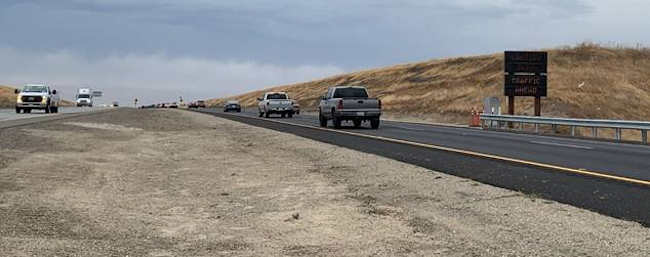- County of Mendocino
- Posted On
Mendocino County Board of Supervisors to hold fifth redistricting hearing Dec. 7
This action follows the extensive work of the board-appointed, citizen-based Advisory Redistricting Commission, or ARC.
The ARC, with assistance from county staff from the executive office, county counsel and GIS, assisted the board in the redistricting process by facilitating community outreach, identifying communities of interest from public input and drafting maps in accordance with the required criteria outlined in the California FAIR MAPS Act, California Elections Code section 21500.
At the Dec. 7 regular meeting, the Board of Supervisors will consider introduction and adoption of an ordinance to repeal and replace Mendocino County Code section 2.08, and attach the Final Map and description of the boundaries of the five supervisorial districts.
Meetings are live streamed and available for viewing online one the Mendocino County YouTube page, at https://www.youtube.com/MendocinoCountyVideo or by toll-free, telephonic live stream at 888-544-8306.
The public may participate digitally in meetings in lieu of personal attendance. Comment may be made in any of the following ways: via written comment to This email address is being protected from spambots. You need JavaScript enabled to view it., This email address is being protected from spambots. You need JavaScript enabled to view it., through our online eComment platform at https://mendocino.legistar.com/Calendar.aspx, through voicemail messaging by calling 707-234-6333, or by telephone via telecomment.
Information regarding telecomment participation can be found here.
For more information, contact the County Executive Office at 707-463-4441 or This email address is being protected from spambots. You need JavaScript enabled to view it..





 How to resolve AdBlock issue?
How to resolve AdBlock issue? 





